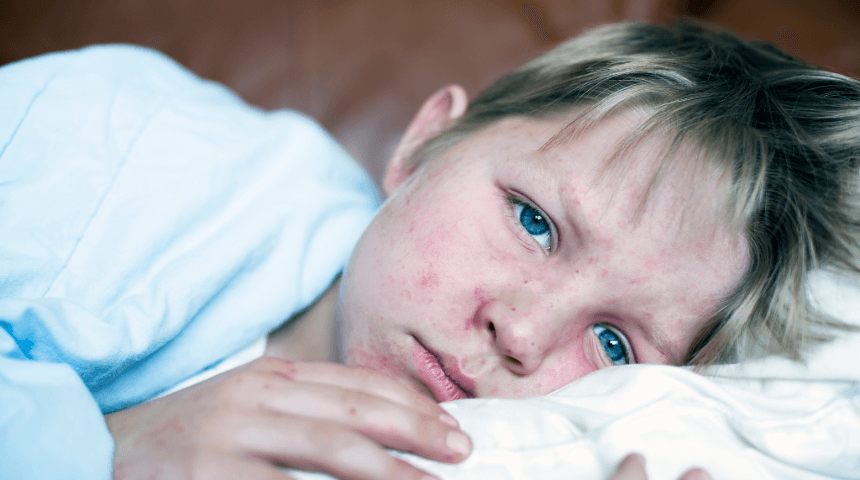Preventing Childhood and Adolescent Obesity
A lot has been written over many decades about the damaging effects of obesity on children and adolescents. In a recent pediatrics study, researchers found that despite nearly three decades of trying to raise awareness, the childhood obesity epidemic in the United States continues to worsen. Overall, the study shows that 1 out of every 5 children nationwide are obese, and the rate increases with age. By the time teens reach 16 to 19 years old, more than 40 percent struggle with obesity. This is a national health crisis because of the effects obesity can have as the child grows into adulthood.
How Does Obesity Affect Children?
Generally speaking, obesity impacts almost every organ system in a child. For example, it can cause problems with the endocrine system, throwing off the child's hormonal balance. It puts extra strain on the cardiovascular system and causes problems in the gastrointestinal system, the respiratory system, the orthopedic system and the neurological system. Even the skin can be negatively affected by obesity.
Long-term obesity can lead to high blood pressure, heart disease, diabetes and certain types of cancer, as well as chronic orthopedic problems, especially in the hips, knees and ankles.
Can Diabetes Lead to Other Complications?
We're seeing a rising trend of an orthopedic condition called slipped capital femoral epiphysis, or SCFE, among adolescents and teens. This occurs when there is a displacement of the head of the femur – the large bone in the thigh between the hip and the knee – where a growth plate sits, causing significant pain in the hip that often radiates down to the knee. Studies have shown a connection to childhood or adolescent obesity, likely due to the extra weight put on the joint while the bones are still growing and before the growth plates are completely fused.
How Can SCFE Be Treated?
With some patients, the condition can be reversed if they lose weight. However, that’s only if the condition can be diagnosed from an x-ray and caught before the bone starts to slip. If the bone starts to become displaced, surgery is usually required.
Preventing Obesity in Your Child
For parents, there are preventive measures you can take for your children. Most importantly, if you have a concern about your child, talk to your pediatrician about it immediately, as opposed to waiting until it becomes a serious issue. Additionally, we recommend the following guidelines that have been established by the American Academy of Pediatrics, which we refer to as the 5-2-1-0 rule:
- 5 servings of fruit or vegetables every day
- 2 hours or less of sedentary screen time per day
- 1 hour of physical activity that speeds up the child’s heart rate per day
- 0 high-sugar beverages
The last one can be tricky because some fruit juices are marketed to kids and their parents in a way that makes them sound healthy, when in fact, they’re loaded with sugar.
The main message I want parents, teachers and caregivers to understand is that diet and lifestyle choices made early in life become habits that are hard to break. The emphasis should remain on prevention of childhood obesity, recognition and early intervention if it starts to develop. The effects of childhood obesity are cumulative and impact the quality and longevity of a child’s life into adulthood.
Establishing healthy diet and lifestyle changes early in life is the most effective way to avoid serious health consequences later in life. As adult caregivers, modeling healthy behaviors will positively shape our children and will improve health outcomes for everyone.
Are You Interested in Learning More?
Sign up for our e-newsletter for more tips and best practices from pediatricians.
Sign Up Here










